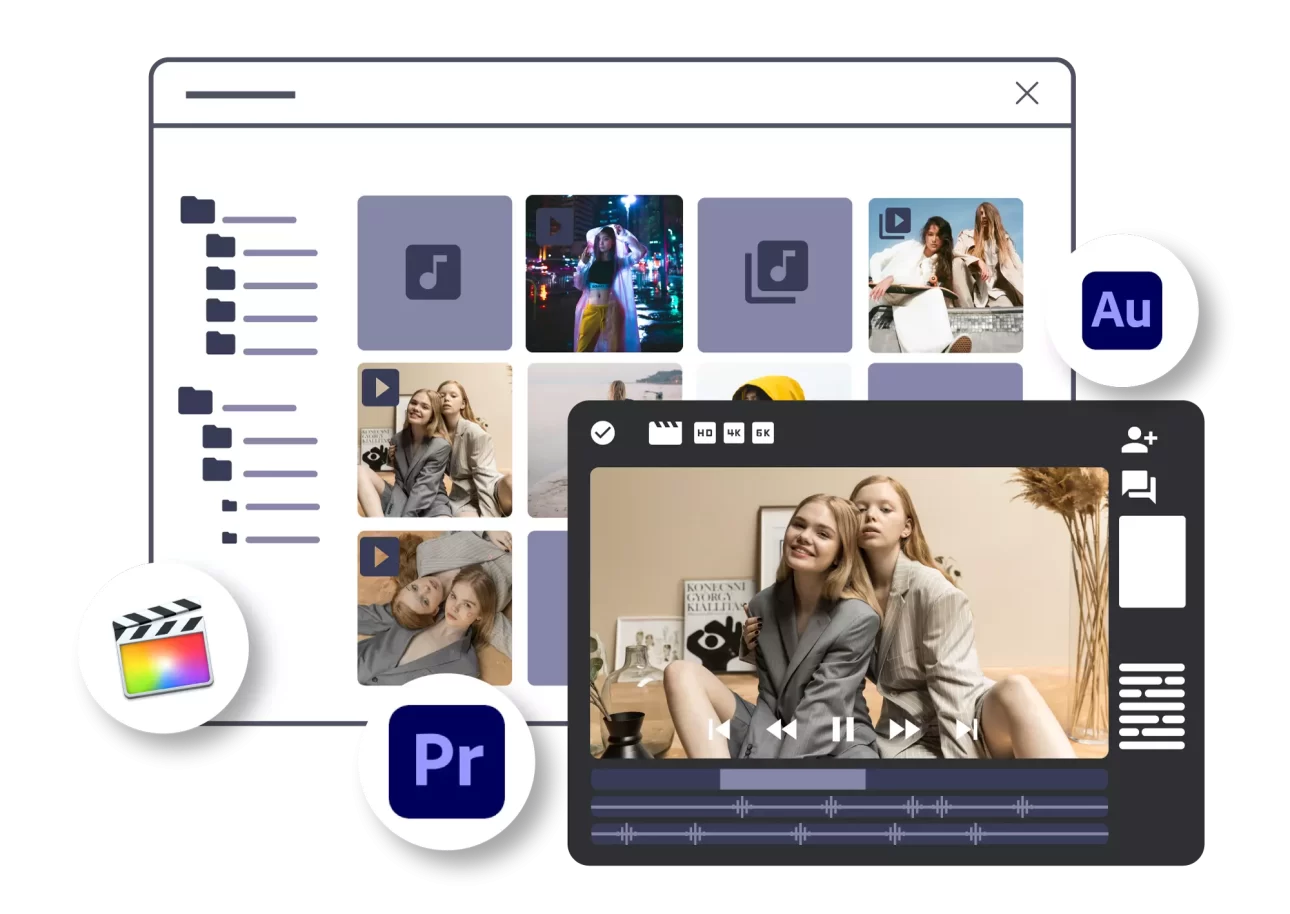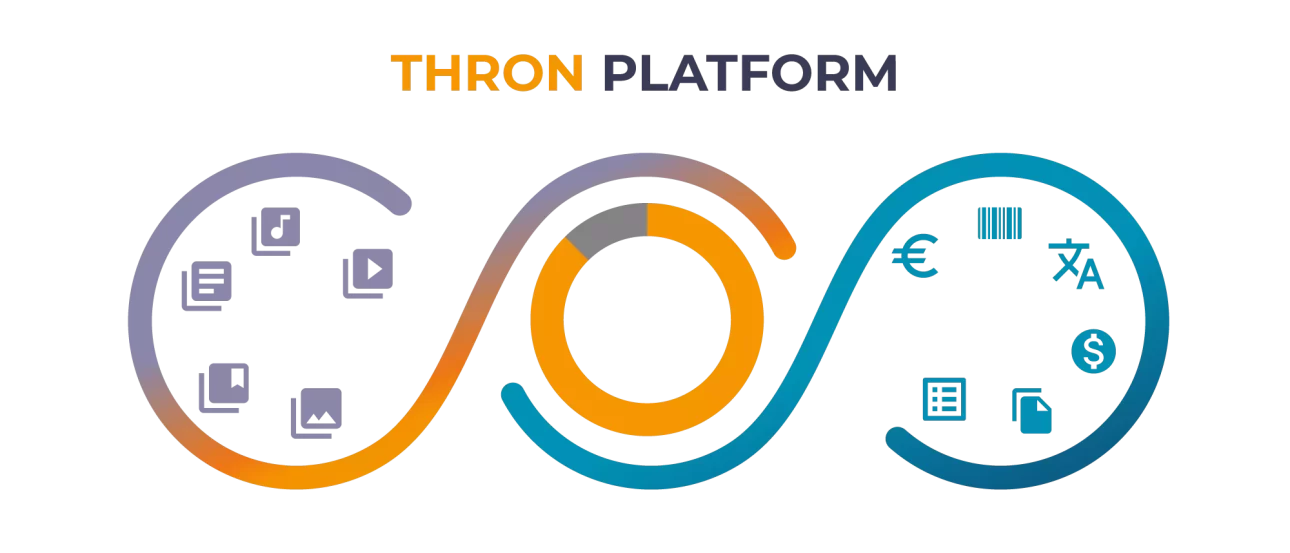
Alla scoperta dei MAM software (di Media Asset Management), tool per governare due tipi di contenuti; i video, cuore pulsante delle strategie di marketing e gli audio, astri nascenti della comunicazione verso umani sempre più multitasking.
In the software world, the acronym MAM stands for Media Asset Management tools.
This is one of the type of platforms that populate the galaxy of MarTech solutions.
With Media Asset Management software, it is possible to govern the lifecycle of specific categories of digital assets: audios and videos.
In concrete terms, with MAM platform a company stores, manages, organises and delivers various content formats for listening or viewing.
Despite their diversity, they are both strategic assets for organisations.
Videos, used by one in two marketers, are defined as the content that generates the highest ROI. Audios – especially through podcasts – are included in one in three communication budgets1.
1 The state of marketing, 2023, HubSpot.
One of the most important features of Media Asset Management software (also called Media Asset Management solutions or systems) is thecentralisation of audio-visual media content and its metadata, additional information that enhances its value and subsequent availability.
These are platforms – usually cloud-based – that facilitate the search and access of audio and video in a secure manner, making each file accessible to a list of people established in the configuration phase.
The most advanced MAMs, however, are much more than just libraries.
Thanks to the possibility of building digital workflows they make it possible to centralise on a single platform not only audio and video but also all the collaborative processes that gravitate around them.
From the creative brief to delivery on one or more final channels, including subtitling.
Another key feature for a MAM software is the integrability– via connectors or APIs – with third-party platforms. Due to the nature of the content managed, a good Media Asset Management tool must dialogue with products such as Adobe Premiere Pro and Final Cut Pro.

Media Asset Management is primarily chosen by users who need a digital hub where the can quickly store and retrieve audio and video media content.
In most cases, these are teams involved in the creation, approval and delivery of audiovisual projects, such as creative, news, broadcasting or film production agencies.
Save in exceptional cases, it is difficult for a MAM to be adopted within the marketing and communication processes of a company that produces or delivers products.
Despite the similarities between the two tools, in fact, a DAM is likely to be preferred.
From a functional point of view, a MAM software can be superimposed on a DAM (Digital Asset Management) software.
Both make it possible to centralise, manage, approve and deliver contents.
However, while Media Asset Management platforms are limited to managing audio or video contents, Digital Asset Management platforms allow to govern any type of digital assets.
In addition to managing audio and video as a MAM tool does, a DAM can also manage other types of contents, such as photos, illustrations, graphic designs and documents such as PDFs, spreadsheets, presentations.
In other words, although some MAMs also partially support image formats, a DAM is by far a more versatile tool, capable of supporting the internal and external communication processes of companies in a more horizontal manner.
Among other things, given the growing importance of assets such as audios and videos, the best DAMs are equipped with features that in the past were exclusive to MAM tools, such as transcoding of multimedia files and integration with graphic or creative suites.
A clarification on digital assets.
Although product data are to all intents and purposes part of the information assets of a corporate organisation and form part of its digital assets2, they are almost always managed outside of Digital Asset Management software.
In fact, data, information and descriptions relating to a company’s offerings often flow into Product Information Management.

However, the use of different tools generates application silos, as well as integration costs between different systems and the risk of misalignments caused by duplication of contents and information.
Therefore, it is definitely advisable to manage all digital assets jointly.
2 Prepararsi all”era “Phygital”, 2020, studio condotto da Forrester commissionato da THRON.
Considering that all digital assets – including product data – flow into communication channels, we would like to add one last thought, which is also useful for those who are approaching the world of Media Asset Management software for the first time.
Dealer portals, websites, e-commerce and marketplaces are populated with media content and information that promote, describe and generally communicate products with their B2B or B2C customers.
That is why we consider it particularly important for companies to have a single platform to securely and efficiently manage their media content and related product data.

Managing all types of assets from a single platform, brings with it many advantages.
From an internal point of view, fewer tools reduce IT costs that would otherwise be spent on fees, licenses and integration between different systems.
Furthermore, each team can rely on a single source of truth and has a hub in which to collaborate with others.
Externally, on the other hand, especially in case of direct assets delivery, marketing campaigns become more agile and an omnichannel strategy is provided to the business, making the brand more solid and consistent.
This, however, is another story.